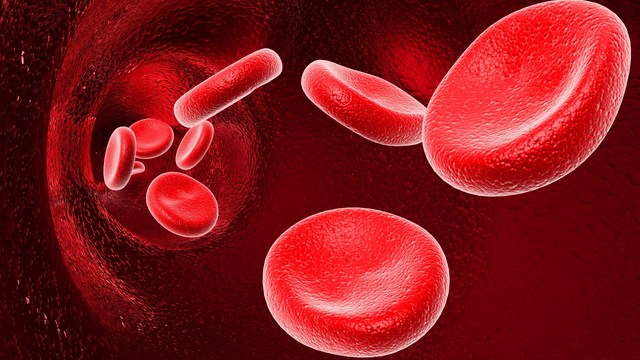 Photo: Getty Images
Photo: Getty Images
Many methods of pain control are available to help assist you during labor. Whether you choose to have an epidural or go the natural route, there are many non-pharmacological techniques that may help take the edge off when you need it most.
What is a non-pharmacological technique? This is any pain controlling method that doesn’t involve medicine (pharmacology). Strategies like breathing techniques, relaxation methods, massage, and music therapy are just a few examples.
Relaxation methods are the most common. According to Lowe (1996), relaxation is believed to increase pain tolerance through ways of reducing anxiety, decreasing catecholamine responses, increasing uterine blood flow and decreasing muscle tension. It is recommended to prepare relaxation techniques in advance, prior to labor. At home you can try to focus on specific breathing patterns that help to distract pain.
Another idea is to play music that calms you and enhances positive thoughts. Studies have shown a link between positive thinking and lowered stress, anxiety, and pain levels. This concept makes me think of the placebo effect. When a large group of people take a sugar pill and think positively about its effects, healing results occur!
Massage is a common pain relieving approach in labor. Many women experience lower back pain during labor and respond positively to massage focused in this area. (Partners, take note!) Also, neck and foot massages are usually enjoyed by most and help to relax the mother and help her save energy for later.
Using these types of non-pharmacology pain control methods may help empower women through the birthing process. Being prepared is essential, and the power of believing in yourself is stronger than any drug out there.
Claire is a twenty-three year old nursing student at Arizona State University interested in perinatal nursing. She currently lives in Tempe, AZ with her dog Bella.
Lowe N. K. The pain and discomfort of labor and birth. Journal of Obstetric, Gynecologic and Neonatal Nursing. 1996;25(1):82–89.






Add a Comment1 Comments
I believe that there are many methods out there for pain relief during labor. All you need to do is choose which one you think will work best for you. That doesn't mean you have to choose only one, but know all the methods so you can even mix and match!
September 16, 2013 - 2:24amThis Comment